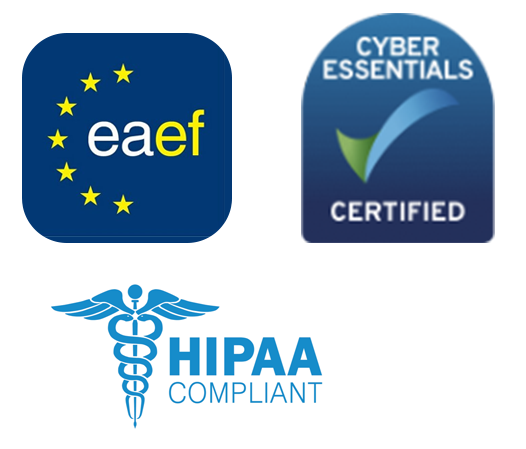
Transparency in social media and online platforms has shifted from a voluntary goodwill gesture to a regulatory necessity. Governments worldwide are mandating platforms to disclose risks, content moderation efforts, and algorithmic influences, pushing companies to move beyond surface-level transparency.
However, are current transparency efforts enough? As new regulations like the Digital Services Act (DSA) in the EU, the UK’s Online Safety Act (OSA), and Australia’s Online Safety Act (AU OSA) come into force, gaps in transparency remain, leaving users, regulators, and civil society in the dark about critical risks.
This article explores:
- The state of platform transparency today
- Why transparency matters for users, companies, and regulators
- The biggest gaps in current transparency frameworks
- How platforms can provide meaningful, quantifiable transparency
The Transparency Evolution: From Voluntary Disclosures to Legal Mandates
Historically, platforms controlled how much they revealed about their content moderation practices, risk assessments, and algorithmic decisions. They shared limited insights through Transparency Reports, APIs, or selective partnerships.
But as platforms rolled back voluntary transparency efforts, regulators stepped in:
- The EU’s DSA now requires platforms to submit risk assessments and report how their algorithms contribute to harmful content spread.
- The UK’s OSA prioritizes specific harms like hate speech, misinformation, and child safety, enforcing mitigation strategies.
- Australia’s OSA mandates regular compliance checks, pushing for proactive safety measures.
These regulations force platforms to disclose more data – but the question remains: is the transparency meaningful?
Why Platform Transparency Matters
Transparency isn’t just a compliance issue – it’s a public trust issue. When platforms disclose accurate, quantifiable data on risks and harms, it benefits multiple stakeholders:
- Users: Can make informed choices about which platforms are safest. Parents can better assess risks for their children.
- Regulators: Gain critical insights into systemic risks, helping shape better policies.
- Civil Society & Researchers: Can identify trends, advocate for change, and fact-check platforms’ claims.
- Platforms: Those embracing meaningful transparency can gain user trust and stay ahead of regulatory scrutiny.
But not all transparency is created equal—and right now, many platforms are failing to provide meaningful data.
The Biggest Gaps in Platform Transparency Today
Despite new regulations, major transparency gaps remain. The Integrity Institute’s Global Transparency Audit Report identifies key areas where platforms are falling short:
1. Lack of Quantifiable Data on Content Moderation Effectiveness
- Platforms report how many pieces of content they remove – but don’t disclose how many people were exposed before takedown.
- We still don’t know what percentage of harmful content is missed by automated detection.
2. No Clear Metrics on Algorithmic Influence
- Many harmful trends gain traction due to platform design choices, like ranking and recommendation algorithms.
- Yet most platforms don’t share how often harmful content is promoted via recommendations.
3. Limited Insights into Governance & Risk Trade-offs
- Platforms make business vs. safety trade-offs – for example, allowing viral content to spread even if it’s harmful.
- However, transparency reports rarely explain how these decisions are made or how safety concerns are balanced with revenue goals.
4. Weak Public Access to Transparency Data
- While researchers sometimes get privileged access, most transparency reports lack granular data that the public can analyze.
- Many mitigation measures lack proof of effectiveness, making it hard to hold platforms accountable.
How Platforms Can Move Toward Meaningful Transparency
For transparency to be truly impactful, it must be:
- Comprehensive – Covering all major risks, content moderation efforts, and systemic issues.
- Detailed – Breaking down risks by content type, country, and affected user groups.
- Quantitative – Including clear, measurable data (e.g., number of users exposed to violating content before removal).
What platforms should do next:
- Publicly share risk assessment data beyond vague summaries.
- Provide breakdowns of algorithmic impacts – how much harmful content is amplified vs. suppressed.
- Release mitigation effectiveness reports with hard numbers.
- Enable independent audits to verify transparency claims.
Regulators also need to push for standardization – ensuring platforms can’t manipulate or limit their disclosures.
The Future of Platform Transparency: Accountability, Not Just Disclosure
Transparency is at a critical turning point. While regulations like the DSA, OSA, and AU OSA are forcing disclosures, platforms still control the narrative—deciding what they reveal and how.
To ensure meaningful transparency, stakeholders must demand:
- Standardized, verifiable metrics
- More public access to transparency data
- Independent oversight to validate platform claims
In the coming years, platforms that embrace real transparency will gain trust and regulatory goodwill, while those that continue hiding key metrics will face growing scrutiny.
